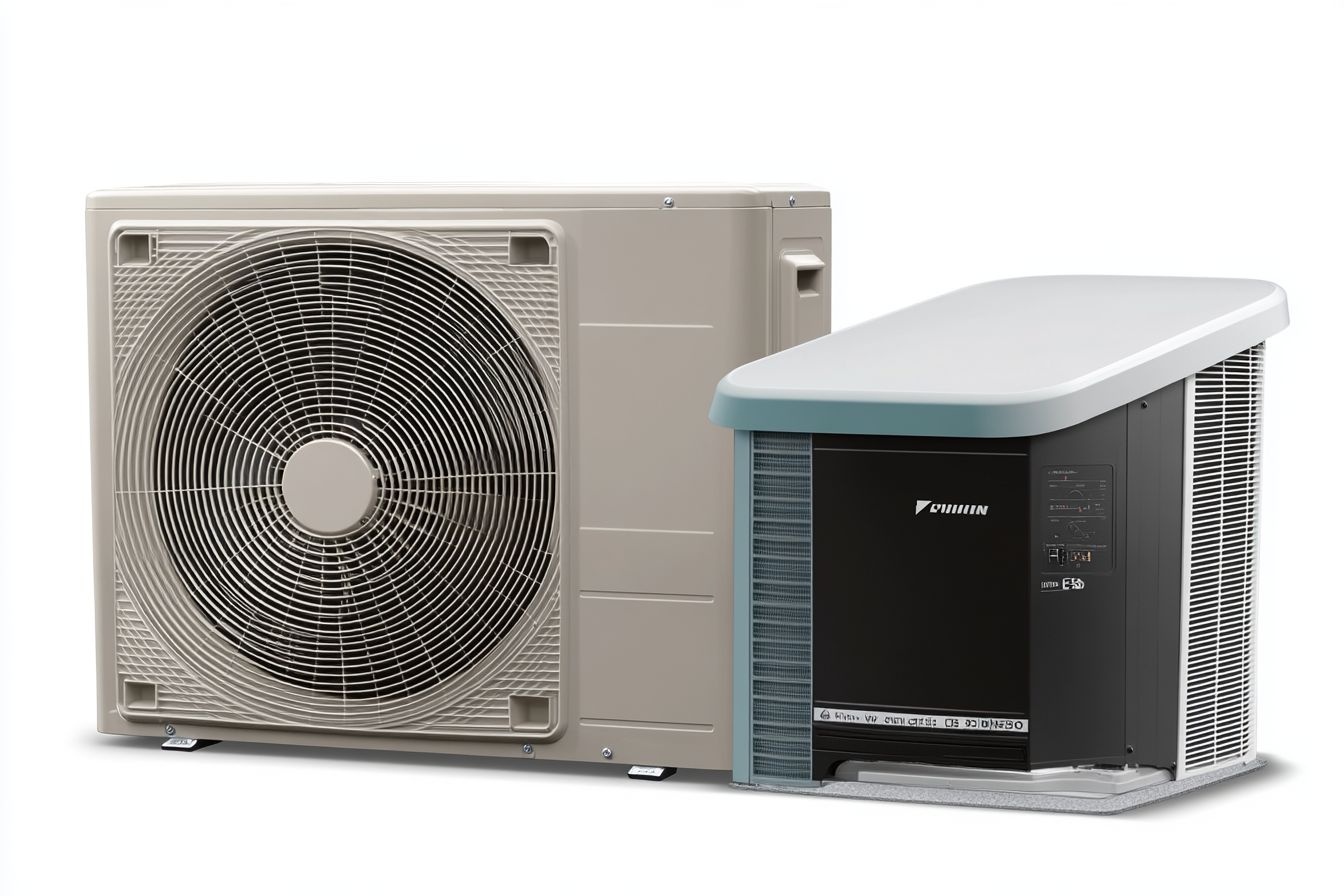Modern Cooling: Solutions Without an Outdoor Unit
Traditional air conditioning systems typically require an outdoor unit that can be unsightly, noisy, and sometimes impractical to install due to space limitations or building restrictions. However, advancements in cooling technology have introduced innovative air conditioning solutions that operate without the need for an external component. These systems offer flexible installation options while maintaining efficient climate control, making them increasingly popular for modern homes, apartments, and commercial spaces where exterior unit placement is challenging.

How Air Conditioning Without Outdoor Units Works
Air conditioning systems without outdoor units utilize different mechanisms compared to conventional split systems. Instead of having an external condenser unit, these systems typically incorporate all components into a single indoor unit that’s mounted on an exterior wall. The unit draws in outside air through small holes in the wall (usually 8-12 centimeters in diameter), processes it for heating or cooling, and then expels waste air back outside through the same wall opening. This design eliminates the need for extensive pipework, refrigerant connections, or dedicated outdoor mounting spaces while still providing effective temperature control.
Benefits of Inverter Air Conditioners Without Outdoor Units
Inverter technology in air conditioners without outdoor units offers significant advantages over traditional cooling systems. Unlike conventional air conditioners that operate at fixed speeds, inverter models can adjust their compressor speed to maintain desired temperatures more efficiently. This variable operation reduces energy consumption by up to 30% compared to non-inverter models. Additionally, these systems provide more consistent temperature control, operate more quietly, and experience less wear and tear due to reduced on-off cycling. The combination of inverter technology with an outdoor-unit-free design creates a cooling solution that’s both space-efficient and energy-conscious.
Installation Requirements for Air Conditioning Without Outdoor Units
Installing an air conditioning system without an outdoor unit is typically less complex than traditional split system installation. The primary requirement is access to an exterior wall where small penetration holes can be made. These openings, usually between 8-20cm in diameter depending on the model, allow for air exchange with the outside environment. Most systems need a minimum wall thickness of 10cm and require professional installation to ensure proper sealing, condensate drainage, and compliance with building regulations. Unlike conventional systems, no refrigerant handling is required during installation, making the process faster and eliminating the need for specialized refrigerant handling certifications.
Reverse Cycle Air Conditioning Without Outdoor Unit Options
Reverse cycle air conditioning systems without outdoor units provide both heating and cooling capabilities in a single compact package. These systems operate by extracting heat from outside air during colder months and removing heat from indoor air during warmer periods. Modern reverse cycle models can function effectively even when outdoor temperatures drop to near-freezing levels. The elimination of an outdoor unit makes these systems particularly suitable for heritage buildings, apartments with strict façade requirements, or properties with limited external space. Leading manufacturers like Olimpia Splendid, Gree, and Cooper&Hunter offer reverse cycle models that combine year-round climate control with space-saving design.
Cost Considerations and Energy Efficiency
Air conditioning systems without outdoor units typically range from $1,200 to $3,500 for the unit alone, with installation costs adding approximately $500 to $1,200 depending on complexity and location. While the initial purchase price may be higher than some conventional split systems, these units often offer long-term savings through reduced installation costs and energy efficiency.
| Model Type | Average Unit Cost | Installation Cost | Cooling Capacity |
|---|---|---|---|
| Standard Non-Inverter | $1,200-$1,800 | $500-$800 | 2-3.5kW |
| Inverter Technology | $1,800-$2,800 | $600-$900 | 2-4kW |
| Reverse Cycle | $2,200-$3,500 | $700-$1,200 | 2.5-4.5kW |
Prices, rates, or cost estimates mentioned in this article are based on the latest available information but may change over time. Independent research is advised before making financial decisions.
Energy consumption for these systems varies by model and usage patterns, with most inverter-based units using between 0.7-2.0 kWh during active operation. Many models achieve energy ratings of 3.5-4.5 stars, making them comparable to conventional split systems in terms of efficiency despite their all-in-one design.
Limitations and Considerations Before Purchase
While air conditioning without outdoor units offers numerous advantages, these systems do have limitations worth considering. Most models provide lower cooling capacity compared to traditional split systems, typically ranging from 2kW to 4.5kW, making them best suited for single rooms or small areas rather than whole-home cooling. The requirement for wall penetration means installation may not be permitted in all rental properties or heritage-listed buildings without appropriate approvals. Additionally, these systems tend to operate at slightly higher noise levels (typically 38-45dB) than premium split systems as all components are housed in the indoor unit. Performance may also be affected in extremely hot conditions, with some models experiencing efficiency decreases when outdoor temperatures exceed 35°C.
Air conditioning systems without outdoor units represent an innovative solution for modern cooling challenges, offering flexibility, aesthetic benefits, and practical installation options. As technology continues to advance, these systems are increasingly becoming viable alternatives to traditional air conditioning, particularly in space-constrained urban environments where exterior unit placement presents difficulties.




